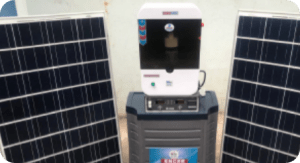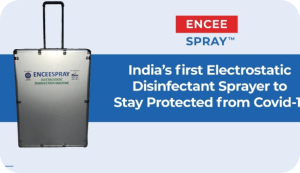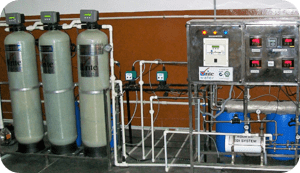About the Objective
Urban areas have seen a steep rise in terms of population in recent years. With the rise in population, pollution has also increased in such areas. The reliability of government-sourced water supply has also decreased. In a country like India, where the majority of the population is responsible for the rising pollution, the current generation should start taking measures to ensure clean and safe drinking water for the future generation.
The UTI infection rate in the country has significantly increased in the past few years because of improper water intake and water impurities. The solution for the same is water disinfection – removing various microorganisms from the water to make it potable.
Disinfection of water results in the elimination of harmful microorganisms, disabling their ability to reproduce.
One more method used to treat harmful microorganisms in water is sterilization. Under sterilization, all the microorganisms are treated.












